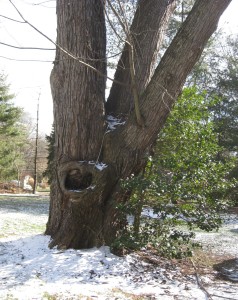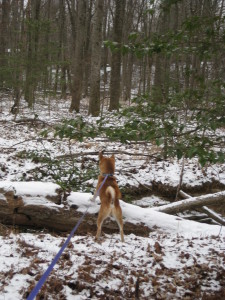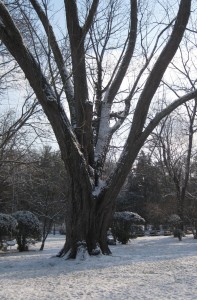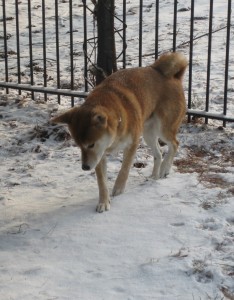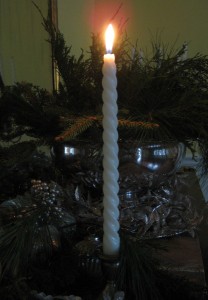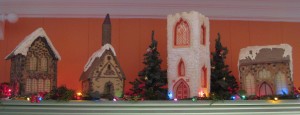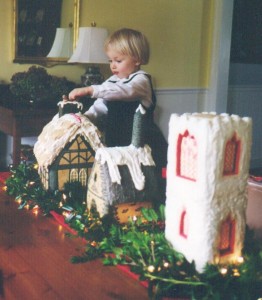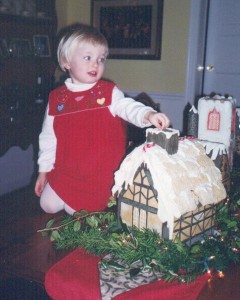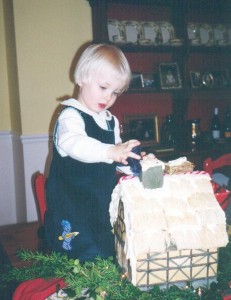On Ash Wednesday, we are urged to face a stark truth: we will not live forever. The certainty of our mortality should be evident as we daily confront our society’s latest egregious incidents of violent fatality. Where was today’s shooting? At a mall, an office, a restaurant, a church, or, most horrifically, at a school? Who were the heroes and innocents who died senselessly this week? Firefighters, doctors, nurses, teachers, small children, infants? Depending upon where you live, you may be mourning a different tragedy than the one that preys on my mind. There are so many tragedies in our world. Every day it becomes more difficult to say It can’t happen in my neighborhood.
Yet despite the ongoing exposure to such dire events, our culture is constantly blaring the message that if we spend enough on miraculous health and beauty products, if we make the right lifestyle choices, we can prolong our lives indefinitely. It promises us, repeatedly, that it’s in our best interests to extend the look of youth far beyond our youthful years. One of the worst things we can say about a celebrity is this: She’s looking her age. How shocking! How pitiful! Not enough botox, or botox gone bad. Excessive collagen, or inadequate collogen. A facelift that failed. A fanatical exercise regime that no longer does the trick. Her arms were once buff; now they’re stringy. The more beautiful one is in youth, the sadder seems the diminishing of that beauty with age.
Yesterday I caught a brief snippet of a TV soap opera that I admit I used to watch, on occasion. Well, not really watch. It happened to come on at a time when I needed a rest. It offered a distraction as I sat down to fold laundry, leaf through piles of papers and magazines for recycling, make get-well cards. Sometimes it lulled me to sleep, I have to say. This particular soap opera, even sillier than most, if possible, requires minimal attention, because it’s always the same. During my most recent viewing, it was immediately apparent that the same small group of characters was still soldiering on in scandalous banality, divorcing, remarrying, swapping spouses and children, re-betraying one another in bizarre ways. At a glance, the old gang looked very much the same. There was not a wrinkle, not a gray hair to be seen. Bodies were svelte, as always. But the faces were altered in odd ways: eyes slanted at more extreme angles, lips overly puffy, cheekbones higher, chins more pronounced, foreheads immovable as those of marble statues. The characters continue to behave in sophomoric, stupid ways, so it is fitting, perhaps, that they appear young.
In real life, though, is maturity so terrible? If we learn from our mistakes, we are not cursed to repeat them endlessly, like soap opera characters. As we mature mentally and spiritually, we will age, and our age will show.

I’m not saying I’m immune to the horror of growing old. I’ve begun to avoid harsh lighting, I’ve noted, with acute dismay, what an awkward turn of my head can do for the skin on my neck. The magnifying mirror is my frenemy. I silently bewail the effects of gravity. Just as the classic birthday card line attests: Old age is not for sissies. It’s for the the wise, the well-adjusted, the truly mature.
On Ash Wednesday, we are called to confront the fact that no magic potion or surgery will keep old age forever at bay. And while death claims the young, as we see all too often, most of us are granted the bittersweet privilege of aging in this lifetime. This is, indeed, a gift; it allows us the opportunity to grow toward wisdom, toward maturity. It means the chance to come to terms with the hollowness of our culture of vanity, and to learn to live accordingly. The visible effects of age are reminders that death awaits us, unavoidably. The physical body decays even as we live, earthly beauty is fleeting, and material possessions are transitory. Once we acknowledge these truths, we are free to recognize the real value of what will not pass away:
And now, these three abide: faith, hope and love. But the greatest of these is love. –1 Corinthians 13: 13
On Ash Wednesday, we thank God for not leaving us to eternal decay. Through the love of Jesus Christ we are rescued from the dust, from perpetual darkness. Our future, as God’s beloved children, is one of light and glory, of joyful wisdom that, in its zeal, perfection, and yes, its maturity, will remain forever young, forever beautiful.

*************************************************
For further discussion of the meaning of Ash Wednesday, see last year’s post: What’s with the Ashes?, February 22, 2012.



